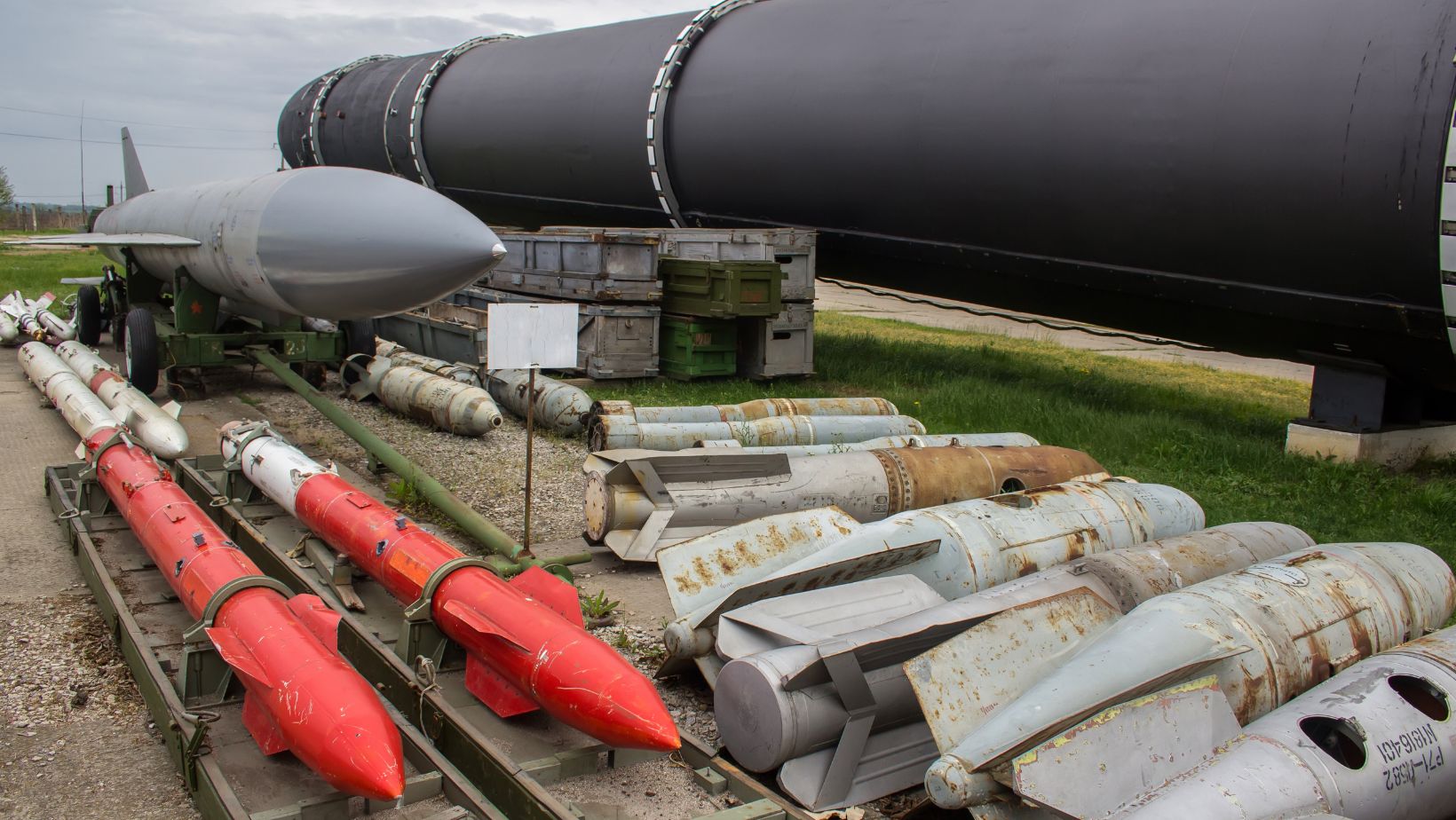Ballistic Stretching is Dangerous and Should Not be Performed.
Ballistic stretching is a widely used technique in the fitness world, but its potential dangers should not be overlooked. As an expert in the field, I have seen the negative consequences that can arise from this type of stretching. In this article, I will delve into the reasons why ballistic stretching should be avoided and provide safer alternatives to help you achieve your flexibility goals.
When it comes to stretching, safety should always be a top priority. Ballistic stretching involves using momentum to push a muscle beyond its normal range of motion, which can lead to muscle strains, tears, and other injuries. Research has shown that this type of stretching is not only ineffective in improving flexibility, but it can also hinder muscle performance and increase the risk of injury. In this article, I will present the scientific evidence that supports the notion that ballistic stretching is dangerous and should be avoided.
Instead of resorting to ballistic stretching, there are safer and more effective alternatives available. Static stretching, for example, involves holding a stretch for a prolonged period of time, allowing the muscle to gradually lengthen and relax. This method has been proven to increase flexibility and reduce the risk of injury. Additionally, dynamic stretching, which involves controlled movements that mimic the activity or sport you are about to engage in, can help warm up the muscles and improve performance. In this article, I will explore these alternatives in more detail and provide practical tips for incorporating them into your stretching routine.
What is Ballistic Stretching?
Ballistic stretching is a stretching technique that involves rapid, bouncing movements to extend the muscles beyond their normal range of motion. It is often used to increase flexibility and improve athletic performance. However, ballistic stretching can be dangerous and should not be performed.
During ballistic stretching, the muscles are subjected to quick and forceful movements, which can lead to muscle strains, tears, and other injuries. This is because the rapid bouncing movements put excessive stress on the muscles and tendons. Additionally, ballistic stretching does not allow the muscles enough time to adapt and elongate properly, which can hinder muscle performance.
Unlike other stretching techniques, such as static stretching and dynamic stretching, ballistic stretching does not promote muscle relaxation or flexibility. Instead, it puts the muscles at risk of injury and can lead to decreased athletic performance.
It is important to note that ballistic stretching is not recommended by fitness and sports professionals. Instead, they recommend incorporating safer and more effective stretching techniques into your routine.

How Does Ballistic Stretching Differ from Other Stretching Methods?
When it comes to stretching, there are various methods that people use to improve flexibility and prevent injuries. However, it’s important to understand that ballistic stretching is a technique that stands out from the rest. Here are a few key differences between ballistic stretching and other stretching methods:
Dynamic Stretching vs. Ballistic Stretching
Dynamic stretching involves controlled movements that take the muscles and joints through a full range of motion. This type of stretching helps warm up the body before physical activity and prepares the muscles for action. Unlike ballistic stretching, which uses rapid, bouncing movements, dynamic stretching is safer and more effective at improving flexibility without the risk of muscle strains or tears.
Static Stretching vs. Ballistic Stretching
Static stretching is the most common form of stretching, where a position is held for a prolonged period. This type of stretching helps increase flexibility and relax the muscles. Unlike ballistic stretching, which can lead to injuries, static stretching is safer and allows the muscles to gradually lengthen and adapt to the stretch.
Safer Alternatives to Ballistic Stretching
Considering the risks associated with ballistic stretching, it’s crucial to explore safer alternatives that can provide similar benefits. Two alternatives that fitness and sports professionals recommend are:
- Dynamic stretching: As mentioned earlier, dynamic stretching involves controlled movements that mimic the activities you’ll be performing. This type of stretching not only warms up the body but also improves flexibility and enhances athletic performance.
- Static stretching: Static stretching is ideal for improving overall flexibility and preventing muscle tightness. By holding a stretch for 15-30 seconds, you allow the muscles to gradually lengthen and relax, reducing the risk of injury.
While ballistic stretching may have been popular in the past, it’s important to prioritize safety and choose stretching methods that are proven to be effective and less likely to cause harm. Dynamic stretching and static stretching are excellent alternatives that can help you achieve your flexibility goals while reducing the risk of injury.


